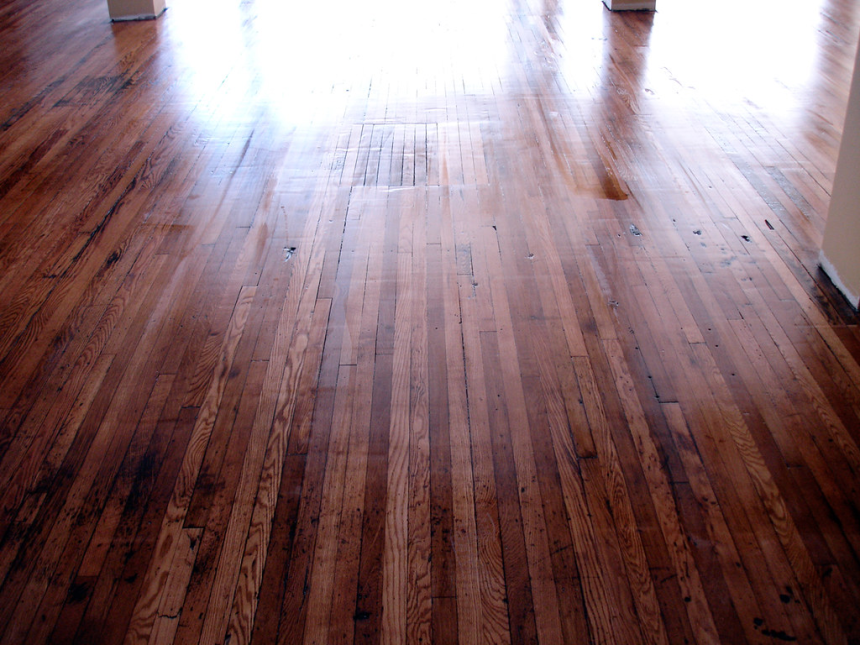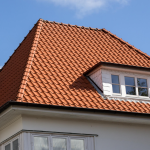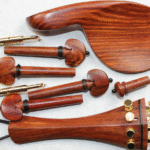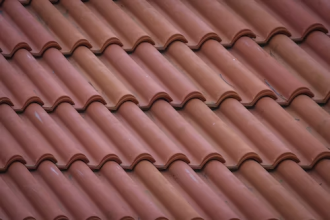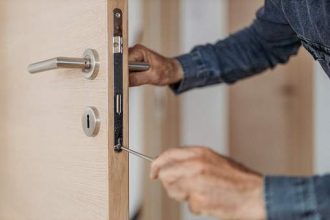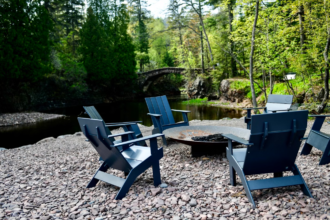Hardwood floors are a thing of style and comfort. Say whatever you want about how great new technologies like laminate floors are, but touching the hardwood with your bare feet makes you feel at home. Unless it’s dirty. And, like many things making your household a home, it needs care. Even the best hardwood floor cleaner machine won’t do the job for you if you don’t give it some time and use some knowledge.
Types of Hardwood Floors
There are mainly 2 types of hardwood floors. They require different treatments, so let’s go!
- Finished hardwood. It can be protected with a polyurethane layer or impregnated with special oil or (more commonly) wax. Each way, it’s protected from water or moisture.
- Unfinished hardwood. It is the rarest sort of it nowadays, mostly met in rural houses. It has no water or moisture protection, so it only requires dry cleaning. And that’s why we’ll focus on the last two types in detail. Actually, they need the same approach, so we will only address the finished hardwood.
Cleaning Hardwood Floors Manually
Before the cleaners were invented, people used to clean their floors manually, and many still do. These floors are impregnated with oil or wax or covered with polyurethane, so they survive wet washing well. So, what do you need along with regular water? There are some options.
- A homemade mixture of vinegar and dishwashing liquid. The latter does the cleaning job as it does to your dishes, while the former is for disinfection and preventing streaks behind. The ratio can vary, but usually, homemakers add less vinegar to avoid dealing with its smell or the results of its aggressive reaction with the finish.
- Specialized solutions for hardwood floors. They are sold everywhere and ready for application. The manual on the bottle says how much water you should add.
To apply whatever substance you choose, you’ll need a bucket (to have the liquid always near you) and a mop. It can be an old-fashioned cloth mop or a popular microfiber twist one. There are some rules to follow:
- Let the mop or the cloth soak for a few minutes before applying it. It’s not enough to get it wet a bit. In addition, if you often use this mop or cloth, it gets stiff as it dries, and softening it takes… well, time.
- Press the mop or the cloth to squeeze the extra water out when washing the floor. Today’s buckets have a cone-shaped wringer for this. While doing it, you better hold the bucket with your feet to ensure it stands still. And don’t put too much pressure; you need to get it almost dry, not completely.
- Use convenient patterns to go through the entire area without revisiting the already washed parts. The most popular is the S pattern: start in one corner, move to another, and then step back and wash the areas adjacent to those you’ve just washed.
- After washing, you can use another cloth to wipe the floor or just leave the room for a while to let it dry. A dry cloth is more convenient, as you can use the freshly washed room immediately.
Cleaning Hardwood Floors With a Cleaning Machine
Nowadays, many floor-cleaning machines are also known as scrubbers or buffers. They use a brush set in motion by a motor providing sufficient speed and force to clean the floor, even the pieces of debris stuck to it. In transportation mode, these machines use the hidden wheels as you start cleaning, and the weight spreads across the cleaning pad.
Though each machine works a little differently (it’s all in the manual), there are some standard rules you should follow.
- Store the pad along with the disc removed from the machine. Put it on when you start the actual cleaning.
- Do at least the most basic manual cleaning before applying the machine. It will allow you to achieve a new level of cleanliness.
- Turning the machine left or right requires subtle movements as you raise or lower the handle. It may seem counterintuitive at first, but you’ll get used to it quickly.
- Use specialized formulas rather than homemade solutions. The machines are specifically designed to use with special chemicals; others may damage them or lead to underperforming.
- Wipe the machine after usage to prevent the build up of residue.
Last but not least: these machines are good for more than just hardwood floor care. They also perform greatly on tile, laminate, or even carpets (though that would require different approaches and other pads as well). So buying one is a good investment if your home atmosphere does matter for you even a bit.


